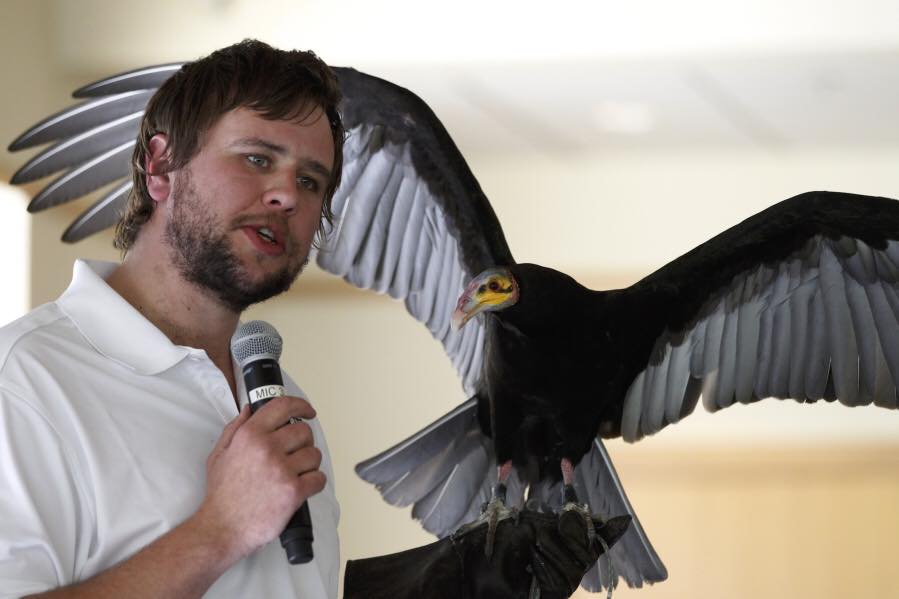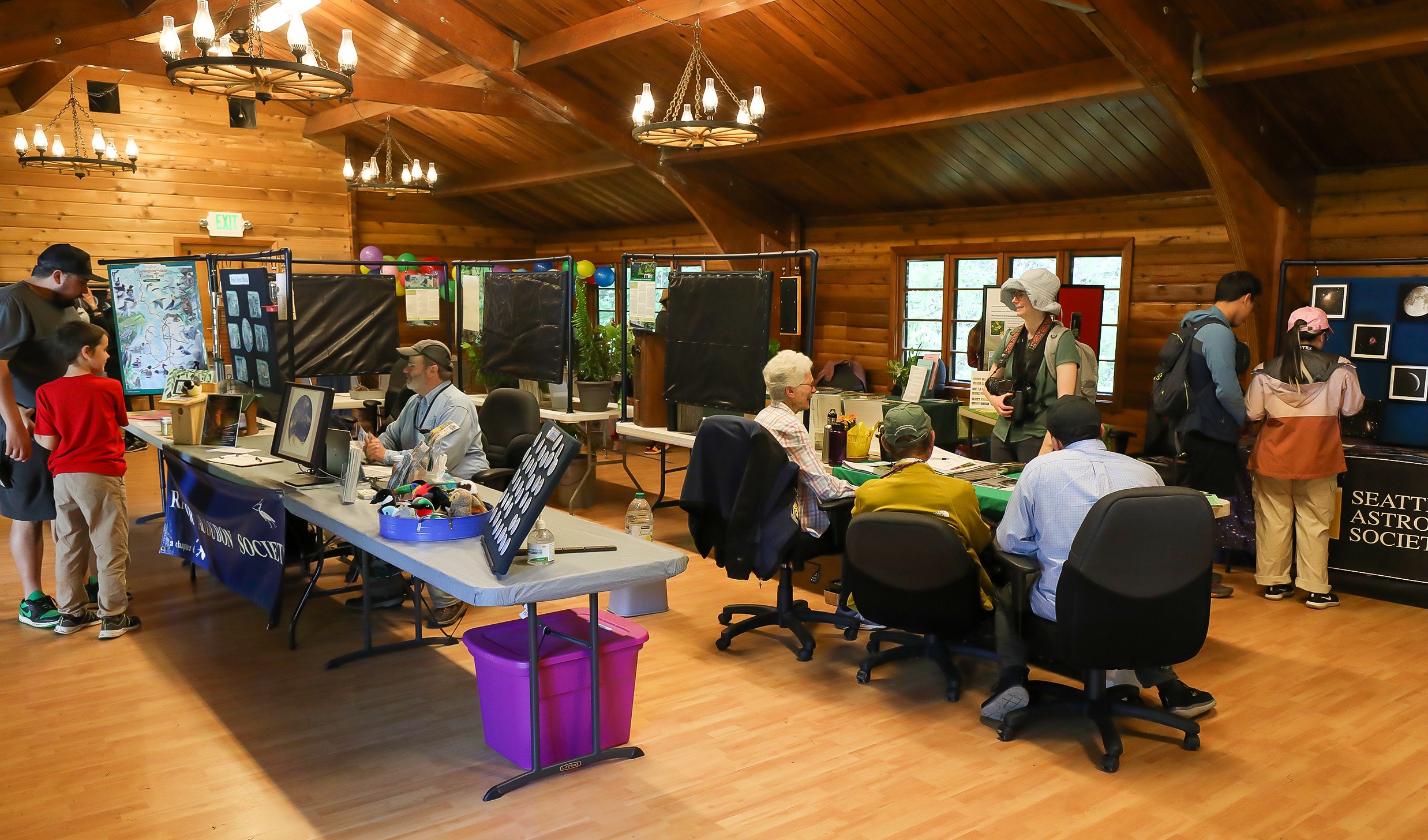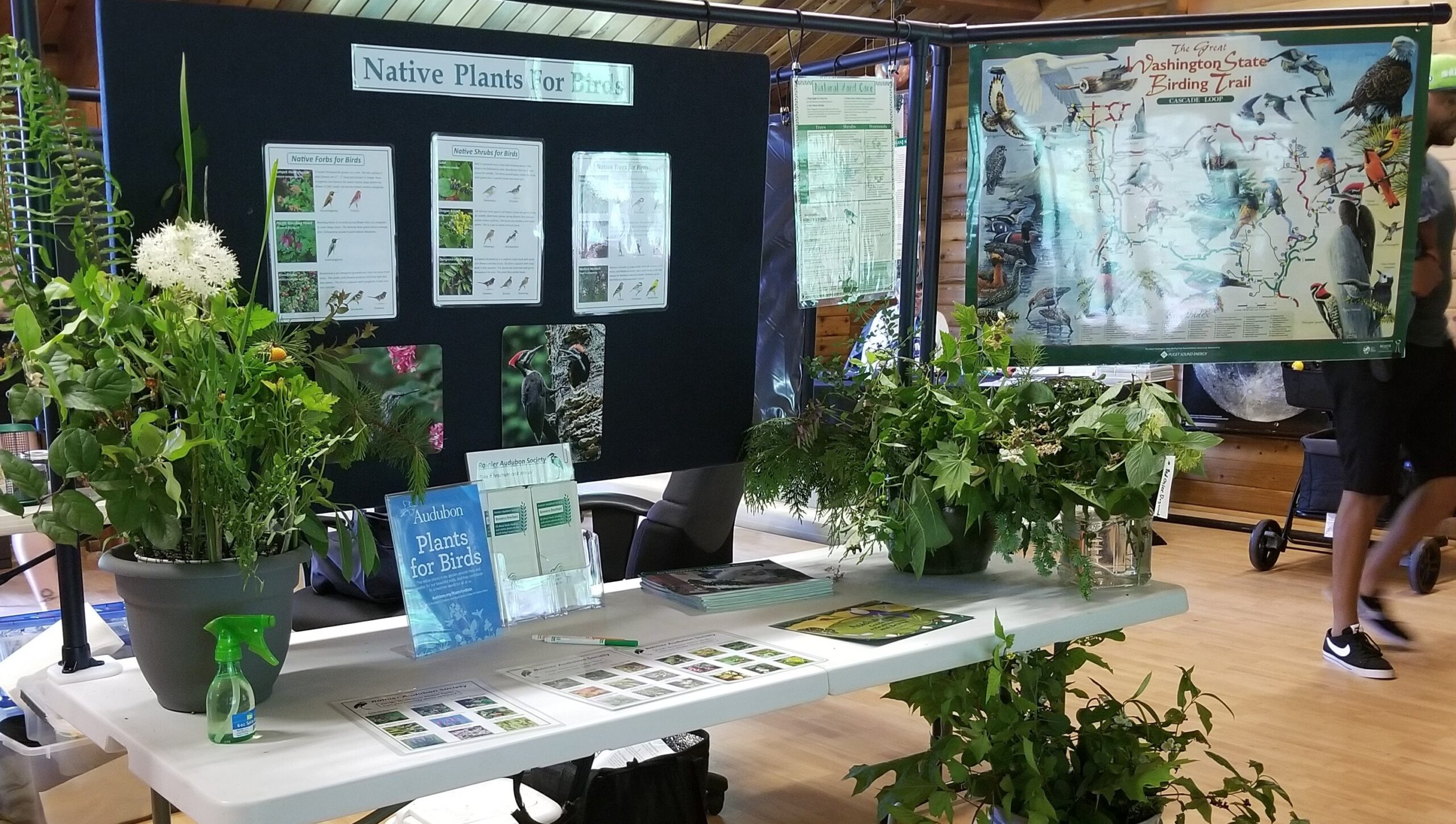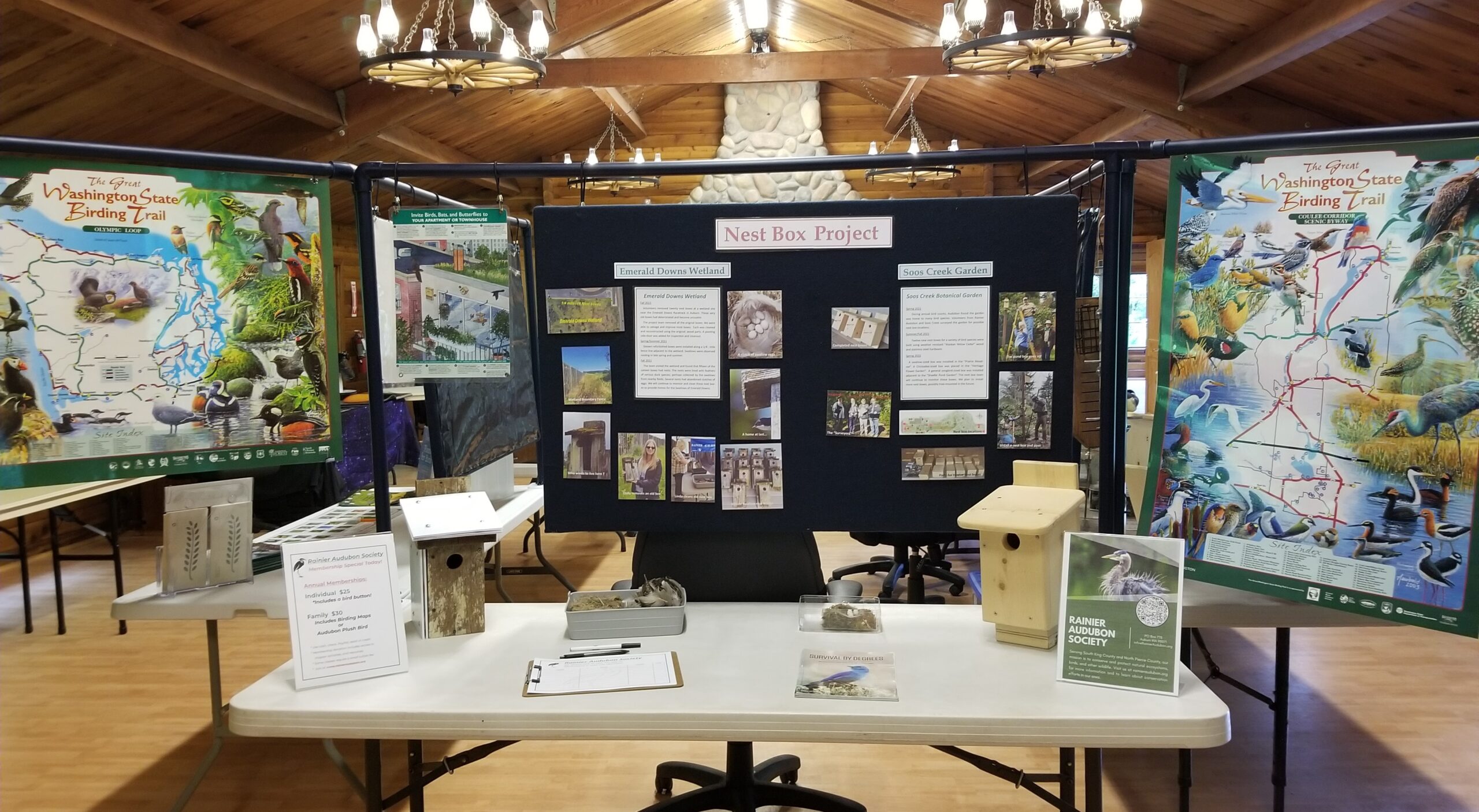
Owls of the Eastern Ice
A Quest to Find and Save the World’s Largest Owl by Jonathan C. Slaght
Review by Nancy Streiffert

Did you ever wonder how a conservation plan for an endangered species comes to be? Jonathan Slaght of Minnesota became interested in the Blakiston’s fish owl when he saw his first one in 2000 while working in the Peace Corps. After completing a Master of Science project on the songbirds of the Primorye region of Russia (where North Korea, China and Russia meet “in a tangle of mountains and barbed wire”), he chose the fish owl for his PhD. Project.
He describes these owls: “as if someone had hastily glued fistfuls of feathers to a yearling bear, then propped up the dazed beast in a tree”.
His first step in his multi-year PhD. plan was to find some owls. Since they are easier to track in the winter by their foot prints in the snow along the rivers where they fish and that is the time of year that pairs do their duets, Russian winters were a given. These duets are so seamless they are easily mistaken for the song of one bird, not two. Jonathan had one contact in Russia who is familiar with the owls and he manages to enlist or recruit various other helpers some of whom have rather interesting and not always endearing social skills! He also finds interesting and sometimes challenging places to stay – hermit’s cabins, trucks tricked out for camping and tents. Blizzards, deep snow, a typhoon and logging crews which block off roads once they are finished logging an area to protect it from poachers (or preserve it for their own hunting) cause any preconceived schedule to falter. Surviving Russian winters included enjoying saunas as well as copious amounts of vodka for some!
Once the pairs were found, the next step was to trap, weigh and measure them and attach harnesses with devices to track them. He tried various nets and contraptions to trap them. Finally, a complicated concoction of a box with live fish in it and some trip wires placed in a stream gave him his owls.
Several variations of tracking devices and harnesses were tried before one that worked and that the owls could not remove succeeded. Later he needed to return and recapture the same owls to retrieve the data. No remote type of data retrieval was available at that time or place.
A survey of the trees and plants, fish and frogs preferred by the owls was next. The owls’ main requirement is a nest tree – a large tree broken off at the top or with a large cavity where a limb has broken off big enough for their nest and one or two owlets.
Putting all of this together, Slaght devised a conservation plan for the area and finished his PhD. project. At the time of this book’s writing, he continued to work for the owls’ conservation and other wildlife projects in the area including one with the local tigers!
I enjoyed his descriptions of an area so remote and varied – owls and tigers? – and his dedication and hard work to understand this unusual bird. It gives me more appreciation for the people who devise the projects to save the wildlife we all enjoy.



